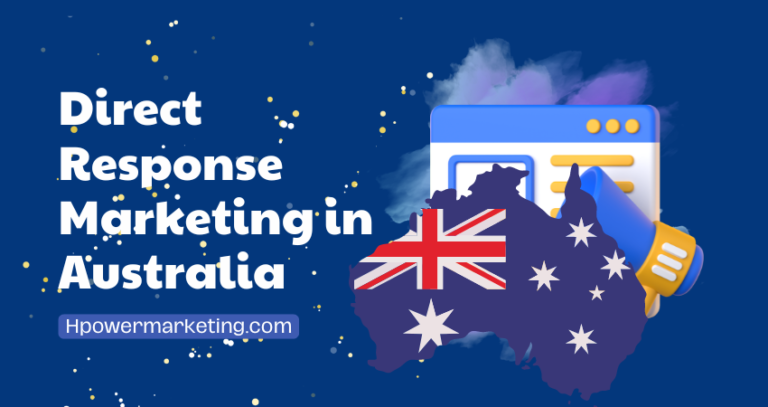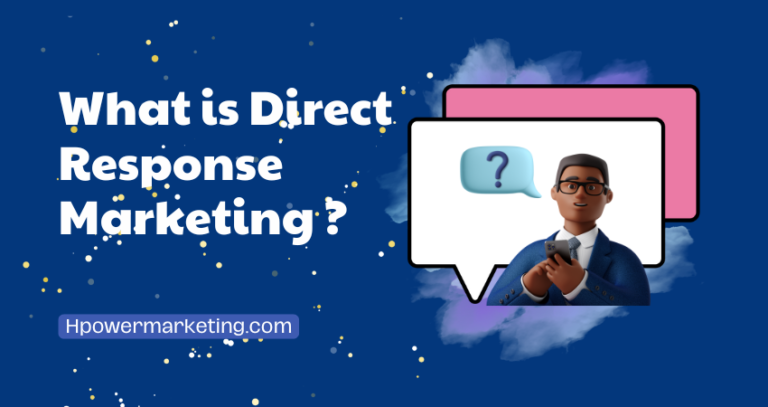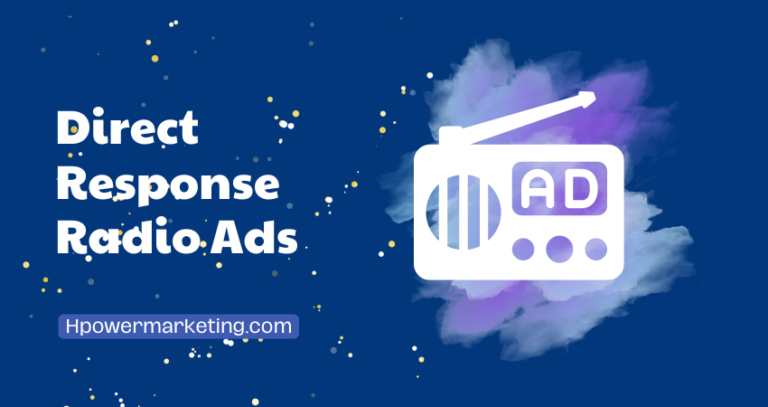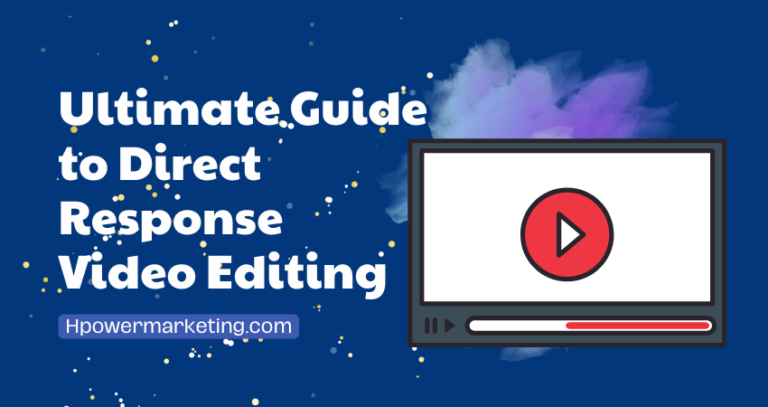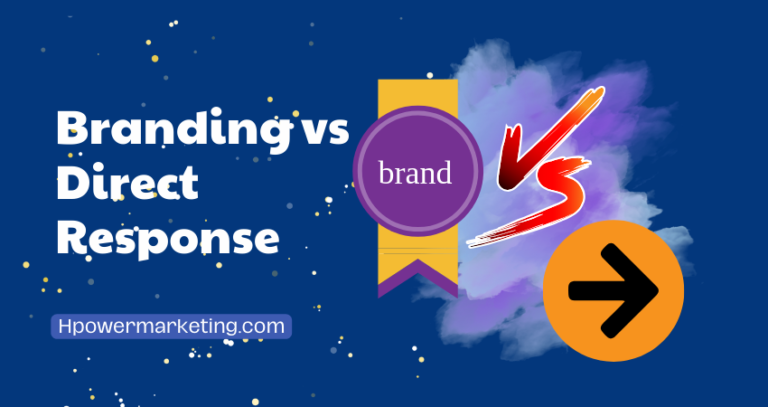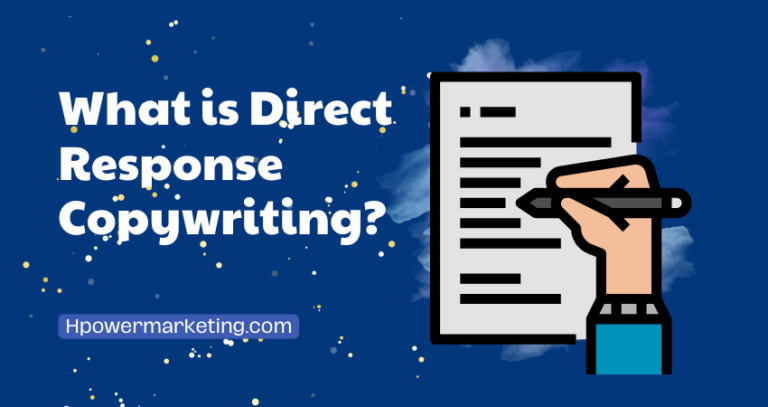20 Direct Response Marketing and Advertising Strategies
Understanding direct response marketing is crucial for businesses aiming to engage potential customers effectively. This article explores various strategies that can enhance direct response advertising efforts, ensuring that marketing campaigns yield immediate responses and measurable results.
Overview of Direct Response Marketing
Direct response marketing is a type of marketing that encourages an immediate action from the target audience. Unlike traditional marketing methods, which often seek to build brand awareness over time, direct response marketing aims for instant engagement and measurable conversions. This approach involves utilizing specific calls to action (CTAs) that prompt potential customers to act quickly, whether it be to sign up for a newsletter, make a purchase, or engage with a digital marketing campaign.
What is Direct Response Marketing?

Direct response marketing is a focused marketing strategy designed to elicit an immediate response from consumers. This type of marketing can take various forms, including direct mail, social media ads, and email campaigns. By emphasizing the need for potential customers to act now, businesses can generate leads and drive conversions effectively. The success of a direct response campaign is often measured by its return on investment (ROI), highlighting the benefits of direct response marketing in generating tangible results.
Key Components of Direct Response Advertising
Successful direct response advertising comprises several key components that work together to create an impactful marketing campaign. These elements include a compelling message, a strong sense of urgency, and a clear call to action. Additionally, utilizing targeted landing pages ensures that potential customers are directed to a space that reinforces the ad’s message and facilitates immediate action. By focusing on these components, marketers can enhance their direct response campaigns and improve conversion rates.
Difference Between Direct Response and Traditional Advertising
The primary difference between direct response and traditional advertising lies in the nature of engagement. Traditional marketing often aims for long-term brand awareness and reputation building, while direct response marketing focuses on immediate actions and measurable outcomes. In contrast to traditional marketing, which may rely on vague metrics, direct response campaigns are structured to track specific actions, making them more effective for lead generation and driving instant responses from the target audience.
Key Elements of Direct Response Ads
Effective direct response ads incorporate key elements that enhance their ability to generate immediate responses. A well-crafted direct response advert typically features a strong headline, engaging visuals, and a clear call to action. Additionally, incorporating elements such as QR codes can facilitate instant interaction with the audience. By focusing on these essential elements, marketers can create ads that resonate with potential customers and drive successful direct response marketing strategies.
Benefits of Direct Response Marketing

Immediate Feedback and Data Collection
One of the primary benefits of direct response marketing is the ability to gather immediate feedback and data from potential customers. With strategies such as surveys or interactive elements in digital marketing campaigns, businesses can collect valuable insights right after a direct response ad is viewed. This immediate data collection helps refine marketing strategies, ensuring that companies can adapt their approach based on real-time responses, ultimately enhancing their conversion rates.
Higher Conversion Rates
Direct response marketing campaigns are known for achieving higher conversion rates compared to traditional marketing methods. By utilizing persuasive calls to action (CTAs) and creating a strong sense of urgency, businesses can motivate their target audience to act quickly. These specific actions, whether it be signing up for a newsletter or making a purchase, are essential for driving measurable results, making direct response advertising a powerful tool for effective lead generation.
Cost-Effectiveness of Direct Response Ads
Another significant advantage of direct response ads is their cost-effectiveness. Direct marketing campaigns focus on generating immediate responses, which can lead to a higher return on investment (ROI) when executed correctly. By targeting specific audiences and utilizing digital marketing channels, businesses can minimize wasted ad spend and maximize their advertising budget. This efficiency makes direct response marketing an attractive option for companies looking to achieve substantial results without incurring excessive costs.
Creating a Successful Direct Response Marketing Campaign

Defining Your Target Audience
Defining your target audience is essential for a successful direct response marketing campaign. Understanding the demographics, preferences, and behaviors of potential customers allows marketers to craft tailored messages that resonate with them. By researching and segmenting the audience effectively, businesses can design direct response adverts that connect on a personal level, ensuring that the marketing campaign encourages immediate action and engagement from the right individuals.
Setting Clear Goals and Objectives
Setting clear goals and objectives is a critical step in creating a direct response marketing campaign. These goals should be specific, measurable, and achievable, guiding the overall strategy and providing a framework for assessing success. By determining what constitutes a successful direct response, such as increased sales or newsletter subscriptions, marketers can focus their efforts on strategies that yield the best results and optimize their campaigns for maximum ROI.
Crafting Compelling Offers
Crafting compelling offers is vital in direct response marketing, as they serve as the driving force behind immediate responses. Offers should be attractive, relevant, and time-sensitive, creating a sense of urgency that encourages potential customers to act quickly. Whether it’s through limited-time discounts or exclusive access to products, well-designed offers can significantly enhance the effectiveness of a direct response advertising campaign, leading to higher conversion rates and successful outcomes.
Effective Channels for Direct Response Marketing

Digital Marketing Channels
Digital marketing channels are essential in executing successful direct response marketing campaigns. Platforms such as social media, email, and search engines provide opportunities to reach a vast target audience quickly. By incorporating compelling CTAs and landing pages tailored to specific actions, businesses can drive immediate responses. Moreover, utilizing analytics tools allows marketers to track conversion rates, enhancing the effectiveness of digital marketing strategies.
Direct Mail as a Channel for Direct Response
Direct mail remains a powerful channel for direct response advertising, enabling businesses to engage potential customers on a personal level. By sending targeted mail pieces that include QR codes or unique offers, companies can prompt immediate action from recipients. The tactile nature of direct mail can create a stronger connection compared to digital methods, leading to increased engagement and measurable results in direct response marketing campaigns.
Television and Radio Advertising
Television and radio advertising serve as traditional channels that can effectively drive direct responses when executed strategically. By crafting engaging ads that highlight a sense of urgency and include clear calls to action, businesses can encourage viewers and listeners to act quickly. These media channels allow for broad reach, making them valuable tools in a direct response marketing strategy, especially when paired with digital follow-up methods.
Best Practices for Direct Response Marketing and Advertising

Utilizing A/B Testing for Optimization
A/B testing is a best practice in direct response marketing that enables marketers to optimize their campaigns effectively. By creating two versions of a direct response ad, businesses can compare performance metrics, such as conversion rates and ROI. This data-driven approach allows marketers to refine their messaging, CTAs, and offers, ensuring that they resonate with potential customers and drive immediate responses in future marketing campaigns.
Tracking and Measuring Campaign Success
Tracking and measuring campaign success are crucial components of any successful direct response marketing strategy. Utilizing analytics tools helps marketers assess the effectiveness of their direct response advertising by monitoring specific actions taken by the target audience. By analyzing metrics such as click-through rates and conversion rates, businesses can gain insights into their marketing efforts, allowing for data-driven decisions that enhance future campaigns.
Continuous Improvement Strategies
Continuous improvement strategies are essential for maximizing the effectiveness of direct response marketing campaigns. Marketers should regularly review performance data to identify trends and areas for enhancement. Implementing feedback loops, such as customer surveys and A/B testing results, can inform adjustments to CTAs, offers, and targeting strategies. This iterative process ensures that direct response advertising remains relevant, engaging, and capable of generating immediate responses over time.
Examples of Successful Direct Response Marketing Strategies

Case Studies of Effective Direct Response Campaigns
Analyzing case studies of effective direct response campaigns provides valuable insights into successful marketing strategies. For instance, a well-known brand utilized targeted digital marketing to promote a limited-time offer, resulting in an immediate response from potential customers. The campaign’s success was attributed to its clear call to action (CTA) and a strong sense of urgency, compelling users to act quickly. By measuring the return on investment (ROI), the brand was able to refine its direct response marketing approach and replicate these successful tactics in future campaigns.
Innovative Direct Response Advert Examples
Innovative direct response adverts showcase the creativity that enhances engagement and drives immediate action. For example, a company integrated QR codes into its print ads, allowing customers to scan and access exclusive online content instantly. This direct interaction not only generated measurable responses but also bridged the gap between traditional and digital marketing. Such examples illustrate how incorporating modern technology into direct response advertising can effectively connect with the target audience and foster greater conversion rates through engaging marketing ads.
Learning from Industry Leaders
Learning from industry leaders can provide a roadmap for crafting successful direct response marketing campaigns. Companies that have effectively utilized direct marketing strategies often emphasize the importance of defining their target audience and tailoring messages to meet their specific needs. By studying how these brands implement best practices in their direct response advertising, marketers can adapt and refine their own campaigns. Key takeaways include the significance of compelling offers, effective use of digital marketing channels, and the continual assessment of campaign performance to achieve optimal results.
Direct Response Advertising Types
Direct response advertising encompasses various types that cater to diverse marketing objectives. This type of marketing can include channels such as:
By understanding and leveraging these different types of direct response advertising, marketers can create tailored campaigns that drive conversions and enhance lead generation efforts.
What Makes A Direct Response Advert?
A direct response advert is characterized by several key elements that contribute to its effectiveness in prompting immediate action. First and foremost, a compelling headline captures attention and encourages potential customers to learn more.
Additionally, a clear call to action (CTA) guides the audience on what specific action to take, whether it’s signing up for a newsletter or making a purchase.
The integration of a sense of urgency, such as limited-time offers, further motivates individuals to act quickly. These components are essential in crafting successful direct response marketing campaigns that yield measurable results.


